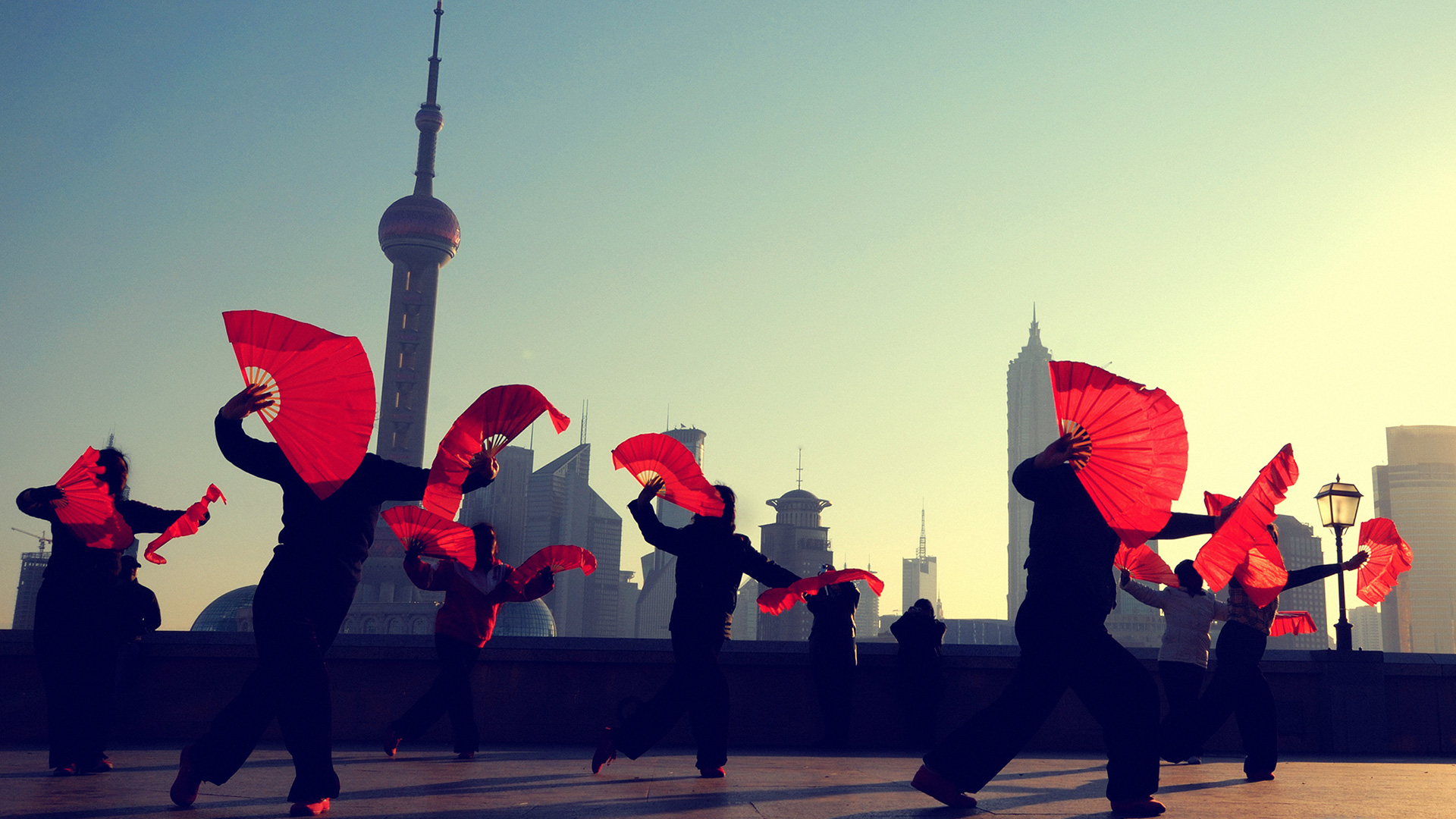
The essay
Nick Grandage on the place of the universe in the scheme of things | Issue 20 | 2022


Shanghai as a metamorphic rock
A metamorphic rock is this: an assemblage of various minerals that reflect the progression of the rock through a history of increasing temperature and pressure during the process of mountain building. The minerals form through the incremental and inevitable transformation of an older set of minerals that reflected the temperature and pressure at which the older rock—the protolith—formed.
Shanghai is this: an assemblage of various architectural statements that reflect the progression of the city through a history of intense cultural, political and economic pressures. The stock of buildings form through the incremental and inevitable change of technology, design and ambition, replacing buildings that reflected the cultural and technical constraints in times past, in the protocity.
The metamorphosis of the protolith is lubricated in large part by copious fluids that provide conduits for the movement of elements and molecules from one mineral to another, or from the inside to the outside and the outside to the inside. As the transformation progresses, the rock becomes dense. Fluid pathways are choked off. Now, the movement of elements and the alterations to crystalline structures are dominated by diffusion at the atomic scale.
The early fabric of Shanghai was dictated and enabled by the distribution of fluid transport pathways (the myriad tributaries that anastomosed through the Yangtze delta) and by the potential for making money. The city became dense; rivers were largely filled in; and the transportation of resources was accomplished via roads and canals, and by the development of the metro.
Minerals in a metamorphic rock have variable mechanical properties: some are fiendishly hard, almost brittle; some are ductile, malleable. As a result, the rock begins to exhibit a strain field that is highly irregular, and pockets of protection form in the lee of hard minerals. Elsewhere, ductile minerals are stretched out over many times their original dimensions. Vestiges of the protolith are hidden in the shadows among the shiny new minerals, all but isolated from the chemical and pressure potentials otherwise rampant across the new rock.
Changes to the internal parts of the city become mired in vested interests, sky-rocketing land prices, and an increasingly complex regulatory environment. As a result, some areas within Shanghai remain recalcitrant (protected, neglected) to modern development, all but isolated from the potentials for development and profit-making that exist primarily at the edge of the city. New parts of Shanghai crystallise around the seeds of new metro hubs: shiny, multi-faceted buildings that were technologically inconceivable in the protocity.
To a casual observer, the fabric of the rock bears little resemblance to that of the protolith. You would hardly believe that the storefront of most Gucci stores in Shanghai or the lobbies of its finest hotels began life as mundane granites or well-bedded shale-sandstones deposited in an ancient delta. But look carefully, and you can see deep into the rock’s time; you can follow its path from its noble beginning to its majestic end.
To a casual observer, the fabric of Shanghai bears little resemblance to the one-time walled city that greeted foreign barbarians. But look carefully: there is the old racecourse that sat at the western edge of the city and is now the renmin gongyuan or People’s Park; there in the street layout lie the traces of an earlier ambition to make Shanghai the Paris of the East; there are the grandiose homes of the inhabitants of what was once the French Concession; there are the row houses (the Shikumen lilong) that once gave shelter to refugees in international Shanghai.
Metamorphic rocks are the most beautiful of all rocks because of their history of transformation. Shanghai is the most beautiful of all cities… well, you get the picture.
Mike Ellis, Shanghai
© Norton Rose Fulbright LLP 2025